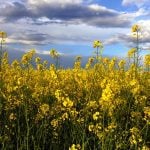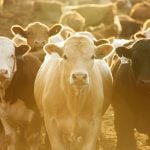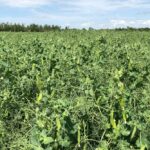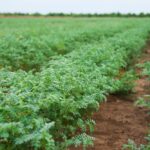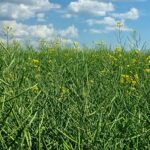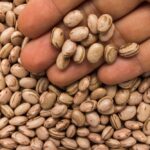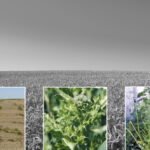MarketsFarm — As hot and dry weather, especially in Western Canada, have wrought havoc on Canadian pulse crops and raised prices, it’s also becoming more difficult to export pulses overseas. Shipping containers, in which 30 per cent of Canada’s peas and more than 50 per cent of Canada’s lentils are transported, are currently in a […] Read more
